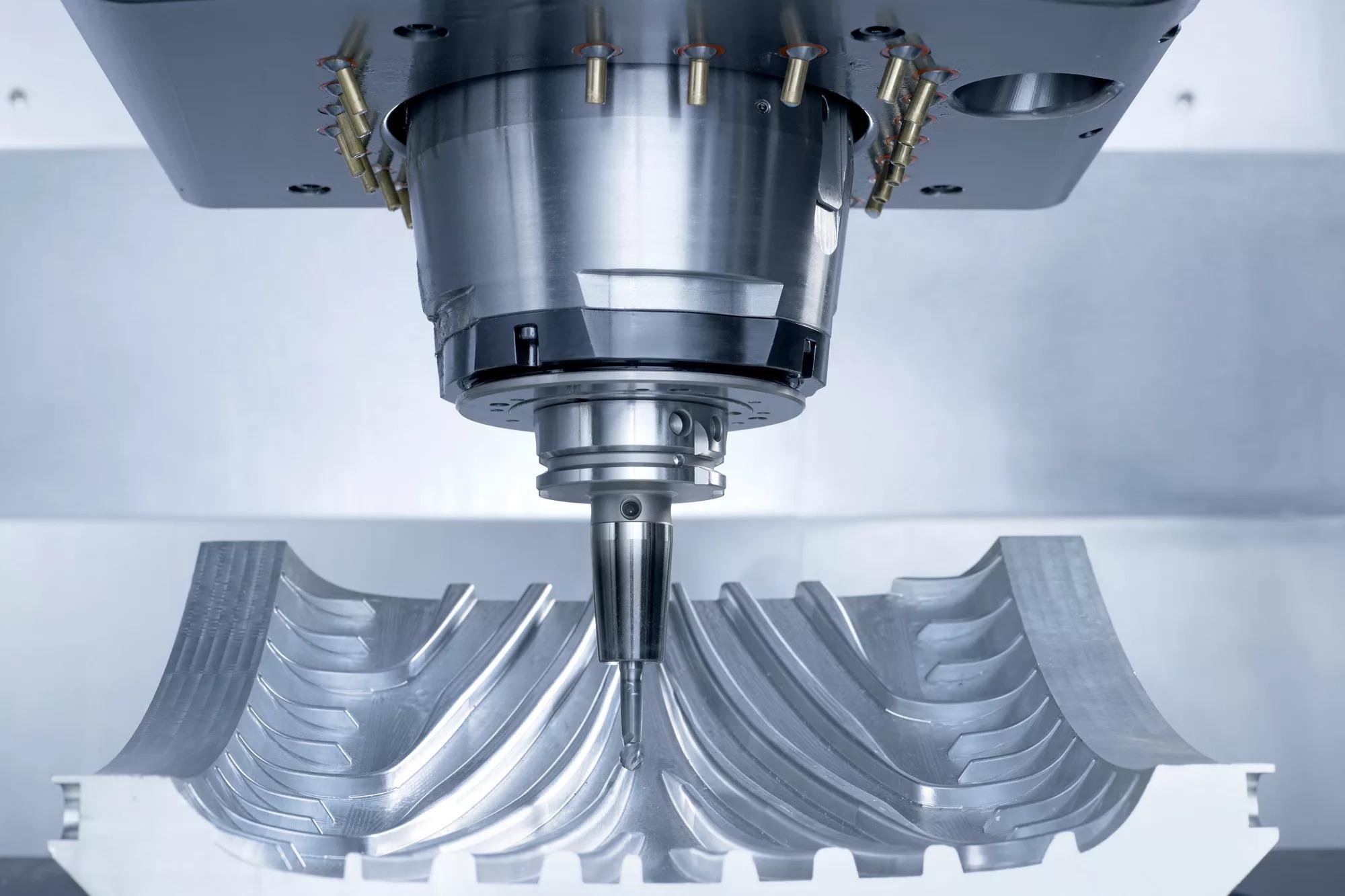Elbow Arthroscopy Surgery: A Path To Pain Relief

When persistent elbow pain starts to affect your daily activities and non-surgical treatments fail to provide relief, it may be time to consider a more advanced solution. Elbow arthroscopy surgery is a minimally invasive procedure that has helped thousands of individuals regain function, alleviate discomfort, and return to their normal routines with greater ease. In this blog, we’ll delve into what elbow arthroscopy is, its benefits, the potential elbow arthroscopy complications, and why many people are opting for private elbow arthroscopy.
What Is Elbow Arthroscopy?
Elbow arthroscopy is a surgical procedure used to diagnose and treat a variety of elbow joint problems. Instead of making a large incision, the surgeon inserts a small camera (arthroscope) into the joint, which projects images onto a screen. Through other small incisions, miniature instruments are used to repair damage, remove loose bodies, or treat inflammation.
Conditions commonly treated with elbow arthroscopy include:
-
Tennis elbow (lateral epicondylitis)
-
Arthritis
-
Loose bone or cartilage fragments
-
Elbow stiffness
-
Synovitis (inflammation of the joint lining)
-
Osteochondritis dissecans
Thanks to the minimally invasive nature of the procedure, patients usually experience faster recovery times, reduced pain, and minimal scarring compared to traditional open surgery.
Why Choose Elbow Arthroscopy?
There are several reasons why patients and orthopedic specialists prefer elbow arthroscopy:
-
Minimally Invasive: Smaller incisions mean less trauma to surrounding tissues.
-
Quick Recovery: Many patients return to light activity within a few weeks.
-
Precision: The arthroscope allows the surgeon to see inside the joint with great clarity, ensuring accurate diagnosis and treatment.
-
Lower Risk of Infection: Compared to open surgery, the smaller wounds reduce the risk of infection.
For individuals experiencing chronic elbow pain that hasn’t responded to physical therapy, medications, or steroid injections, elbow arthroscopy can be a game-changing procedure.
Understanding Elbow Arthroscopy Complications
As with any surgical procedure, there are potential elbow arthroscopy complications to be aware of. While the overall risk is relatively low, it's important to be informed before making a decision.
Some of the possible complications include:
-
Infection: Although rare, infections can occur at the incision site or inside the joint.
-
Nerve or blood vessel damage: Due to the proximity of critical structures in the elbow, there is a small risk of damage during surgery.
-
Joint stiffness or reduced range of motion: Occasionally, scar tissue may form, leading to temporary or prolonged stiffness.
-
Persistent pain or swelling: Some patients may continue to experience discomfort, although typically less than before surgery.
-
Need for additional surgery: In a small number of cases, further surgical intervention may be required.
To minimize these risks, it is essential to choose a skilled orthopedic surgeon who has extensive experience performing elbow arthroscopy procedures.
What Is a Private Elbow Arthroscopy?
Many patients today are opting for private elbow arthroscopy due to the increased convenience, shorter wait times, and enhanced level of personalized care. In countries where public healthcare systems are often overwhelmed or underfunded, private surgical options offer an efficient alternative.
Benefits of choosing private elbow arthroscopy include:
-
Faster Access to Care: No lengthy waiting lists—surgery can often be scheduled within weeks.
-
Access to Top Specialists: Private hospitals often employ highly qualified surgeons and have advanced technology.
-
Comfort and Privacy: Enjoy higher standards of hospital accommodation and patient support.
-
Customized Rehabilitation Plans: Individualized post-operative care can speed recovery and improve outcomes.
Whether you’re an athlete looking to return to sport or someone with work-related elbow pain, going private allows you to take control of your recovery on your terms.
Recovery and Rehabilitation
Recovery from elbow arthroscopy typically takes several weeks, although the timeline can vary depending on the procedure performed and the severity of the initial condition.
In general:
-
Weeks 1–2: The elbow is kept in a sling, and gentle range-of-motion exercises begin.
-
Weeks 3–6: Physical therapy intensifies to rebuild strength and flexibility.
-
Weeks 6 and beyond: Most patients return to full activity, including sports or physically demanding work.
Adhering to your rehabilitation plan and attending follow-up appointments are key to a successful recovery.
Final Thoughts
Elbow arthroscopy surgery offers a powerful solution for individuals suffering from persistent joint pain and mobility issues. With advanced techniques, the procedure is safer and more effective than ever before. While being mindful of potential elbow arthroscopy complications, the benefits often outweigh the risks for those who have exhausted conservative treatment options.
Choosing a private elbow arthroscopy can further enhance your experience, offering quicker access to top-tier care and a more comfortable recovery process. If elbow pain is impacting your life, speak with a specialist to determine whether this minimally invasive procedure could be the right path to lasting relief.
For More:- (Click Here)





